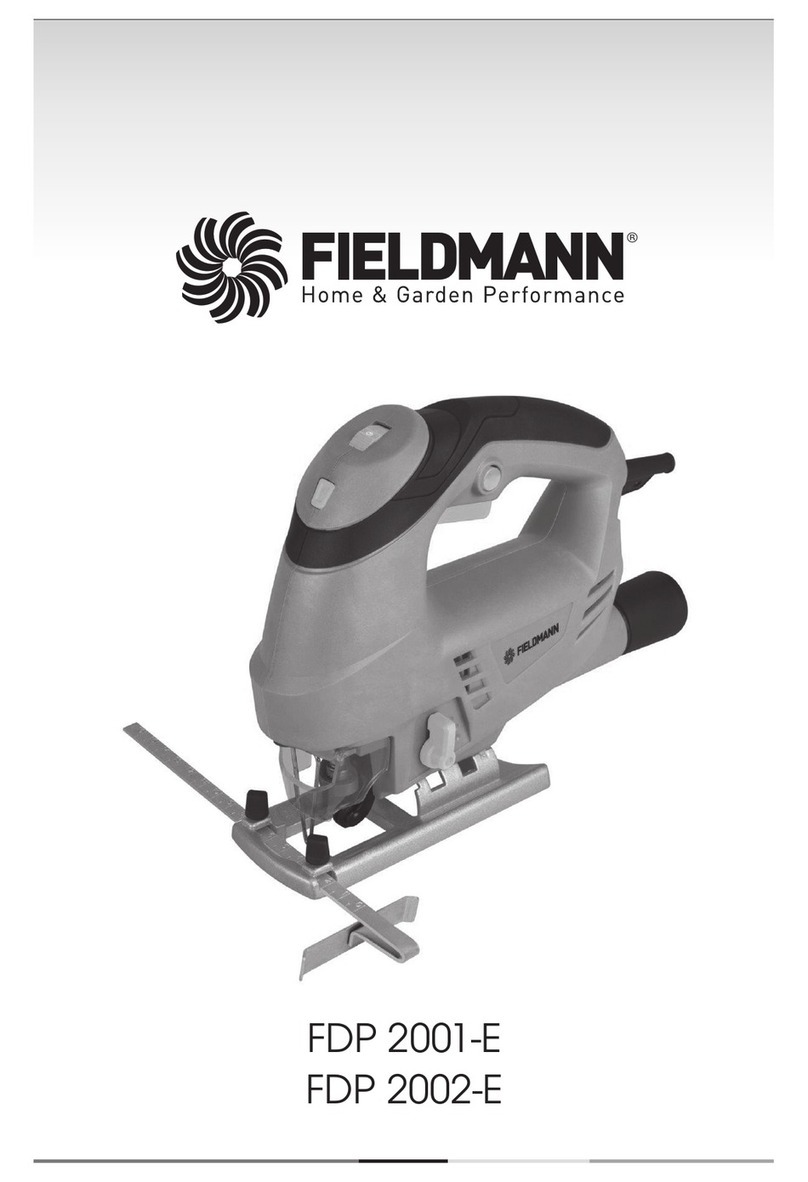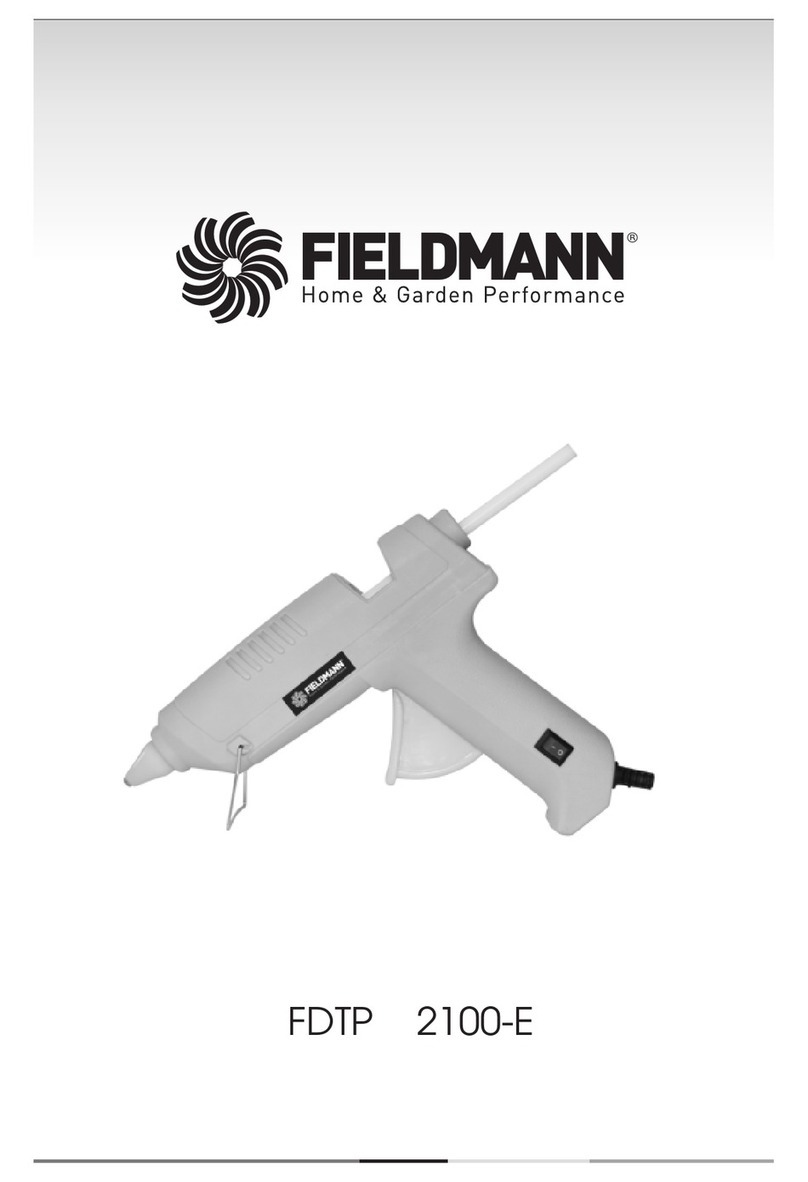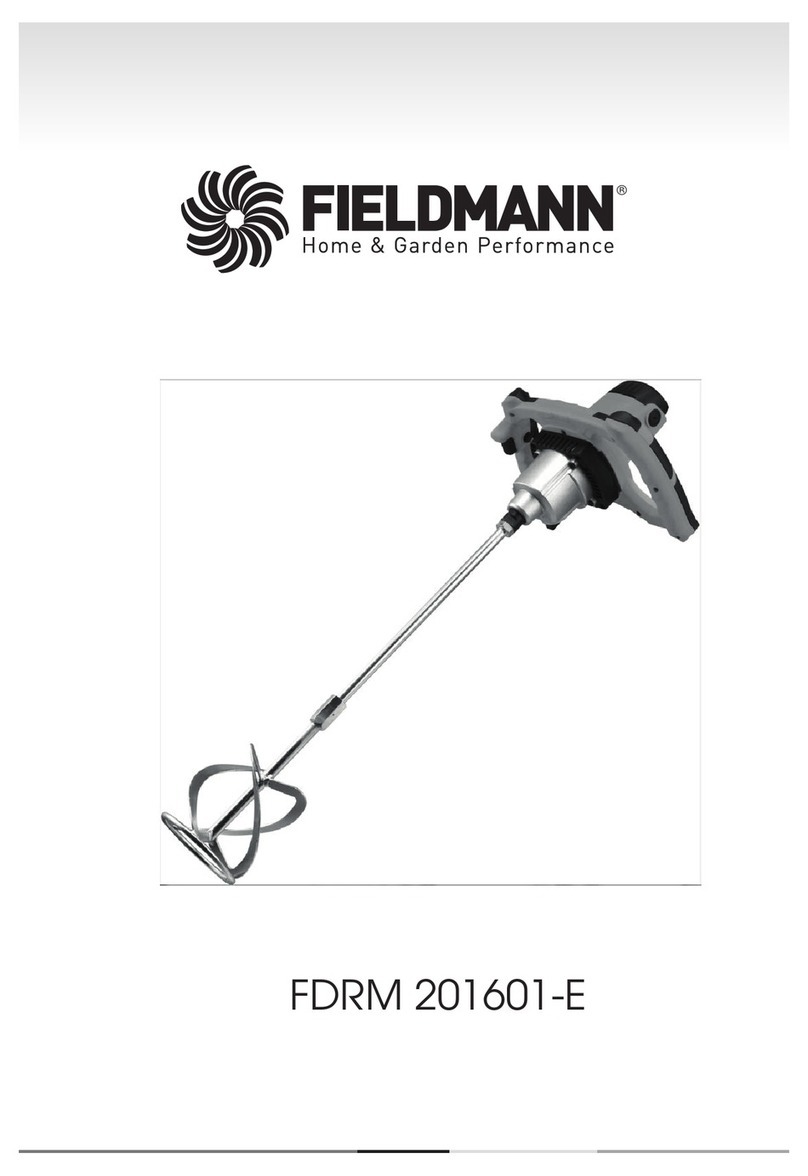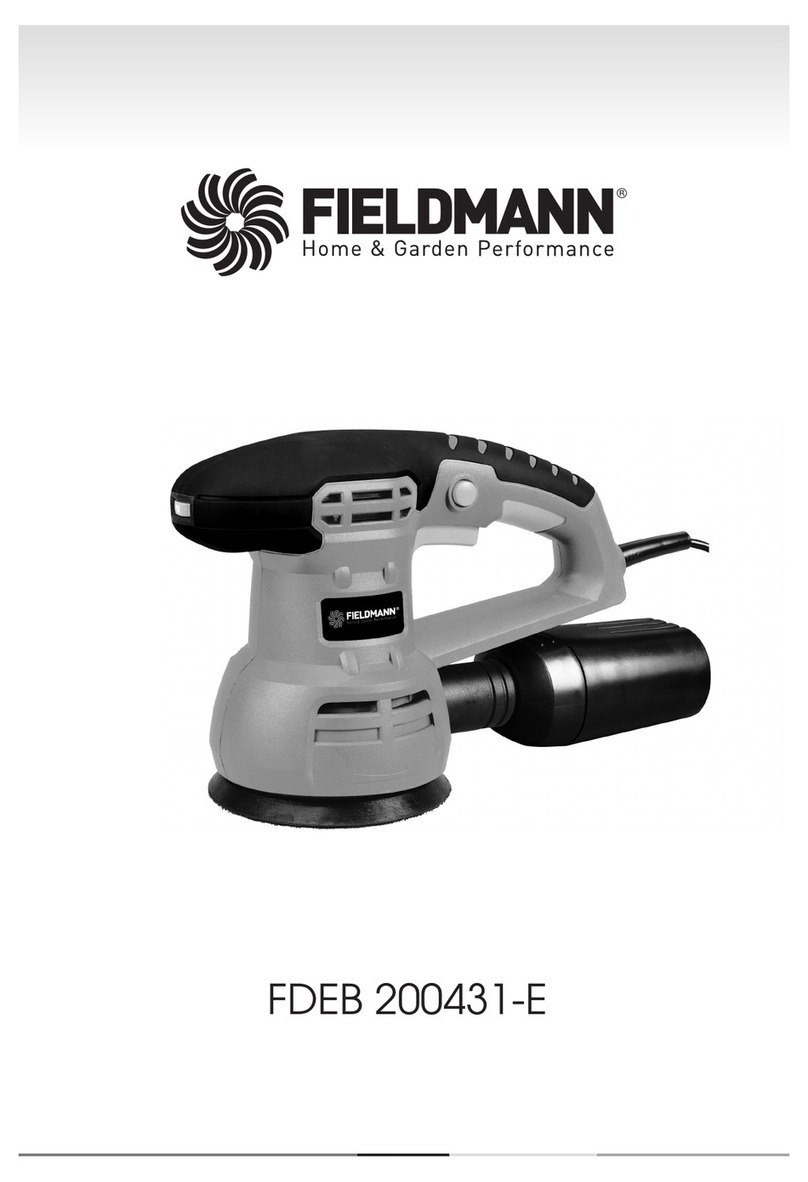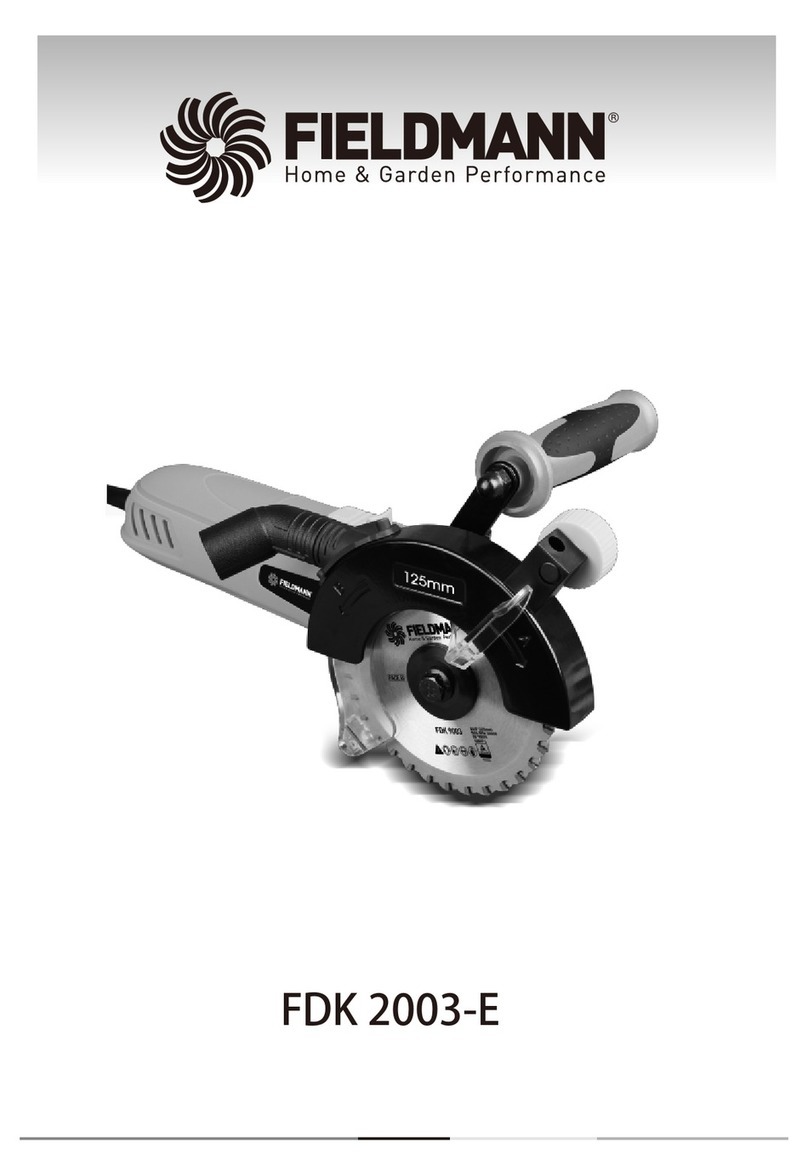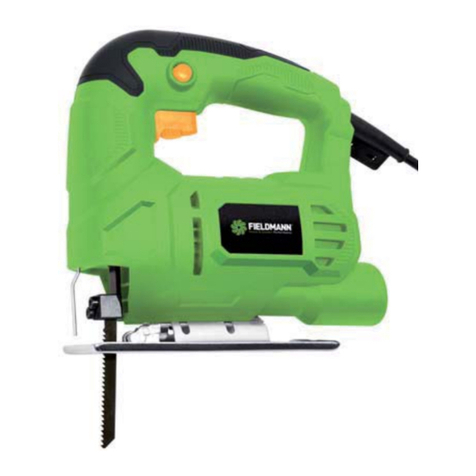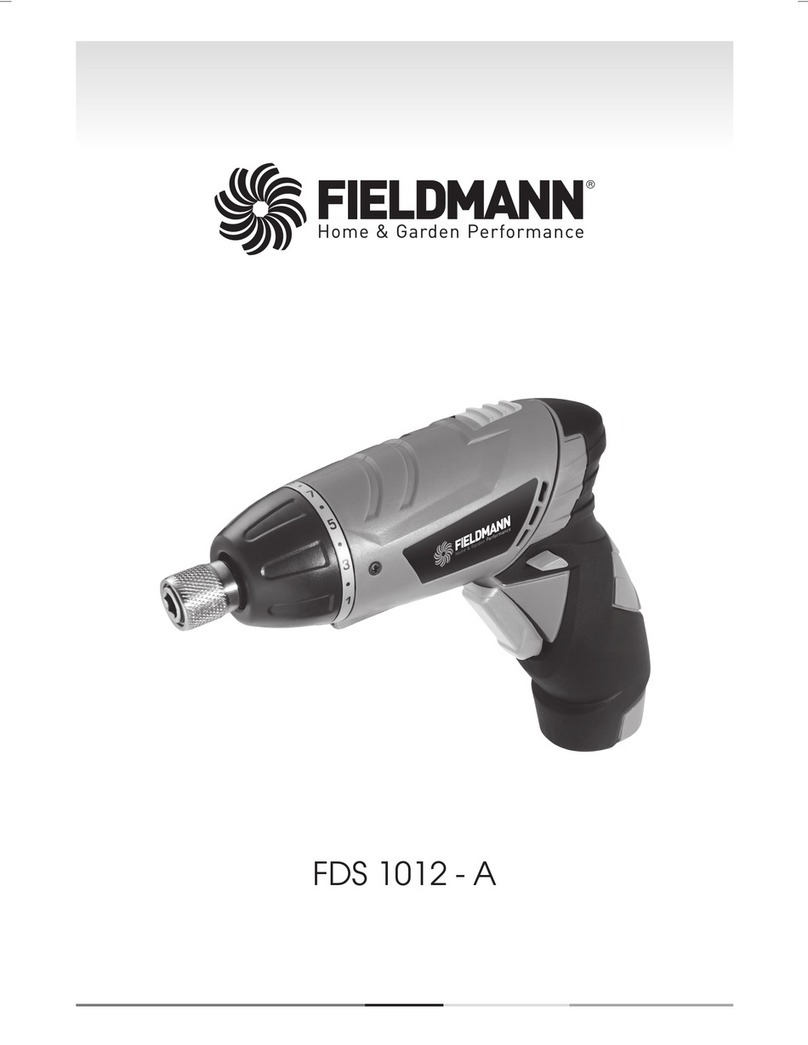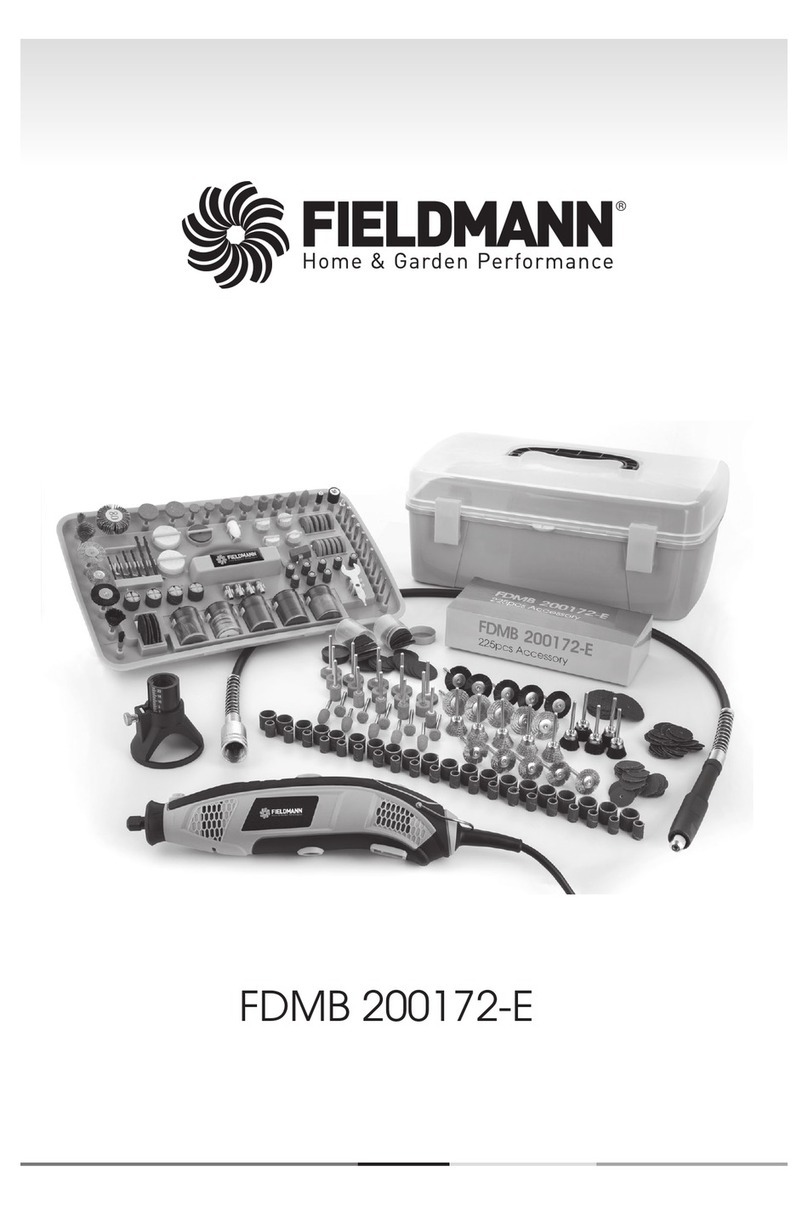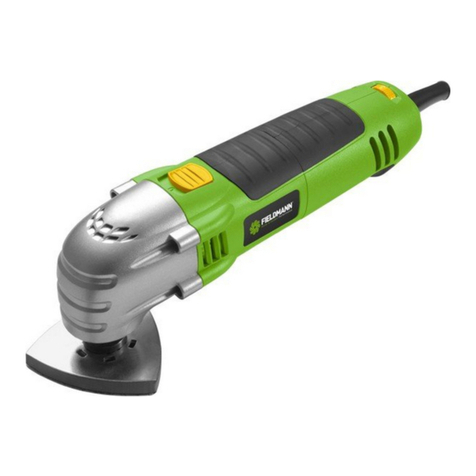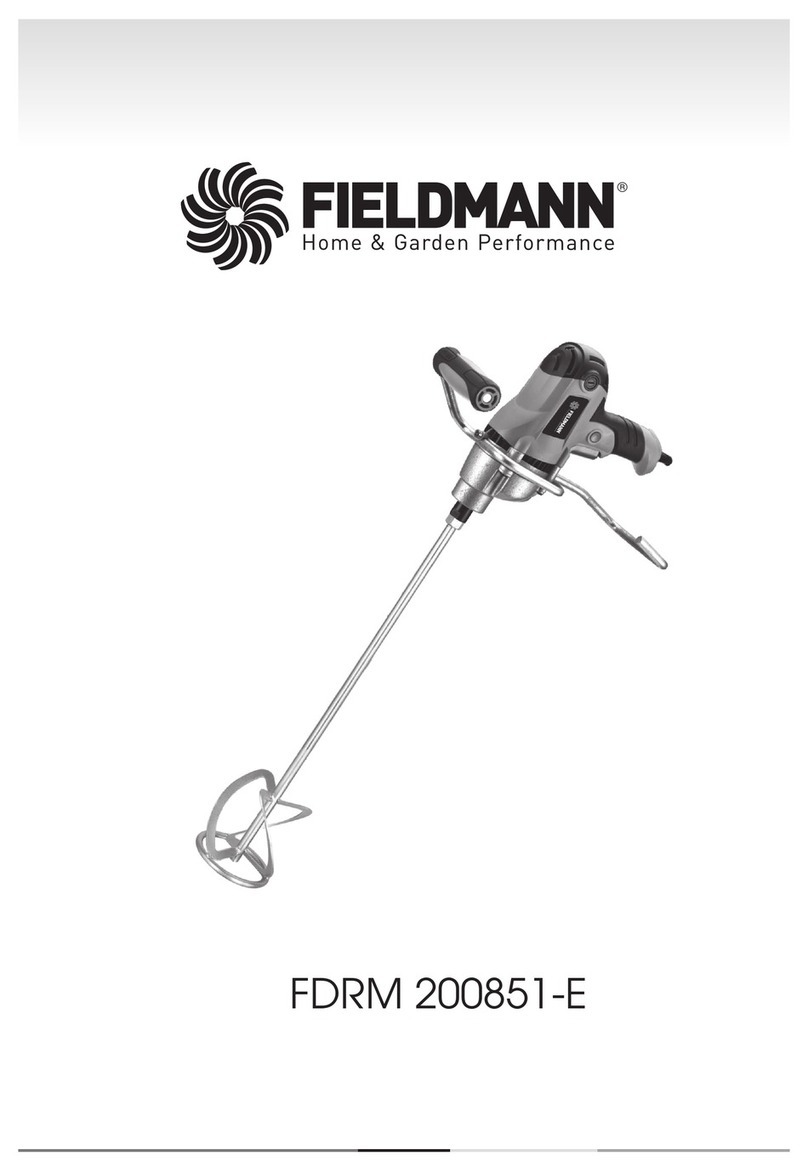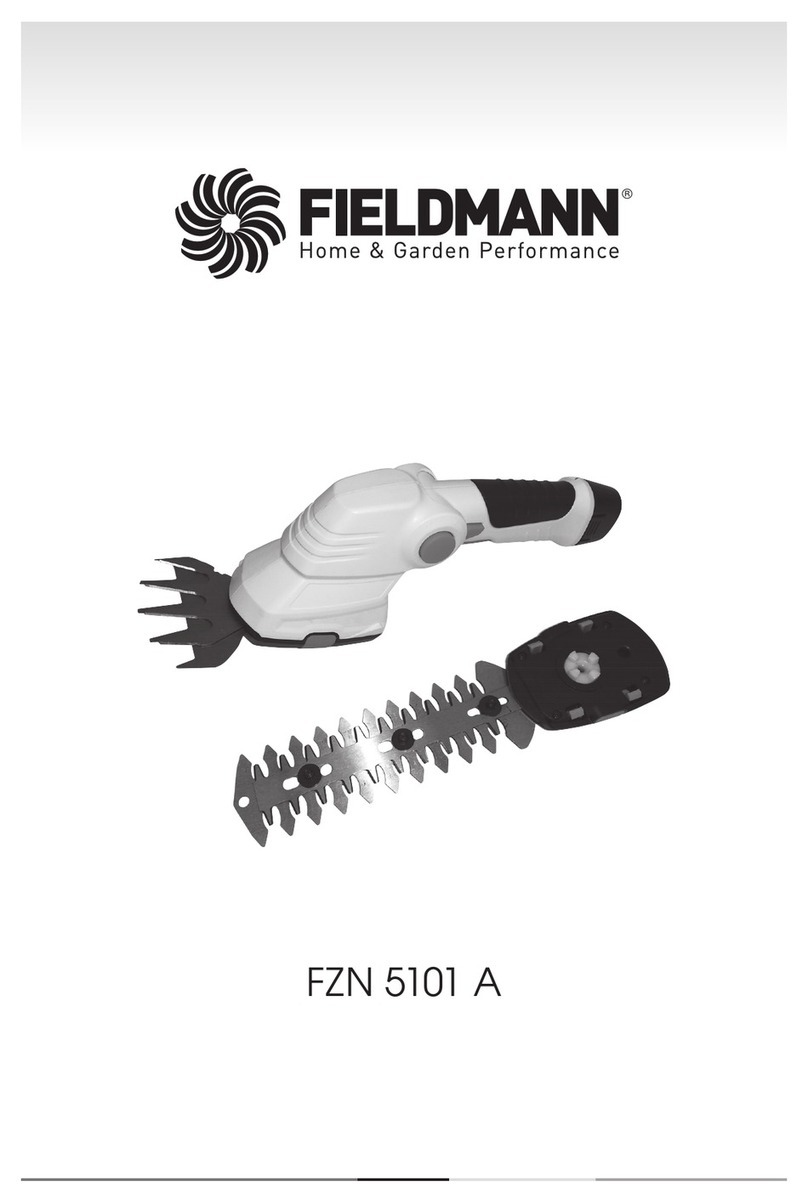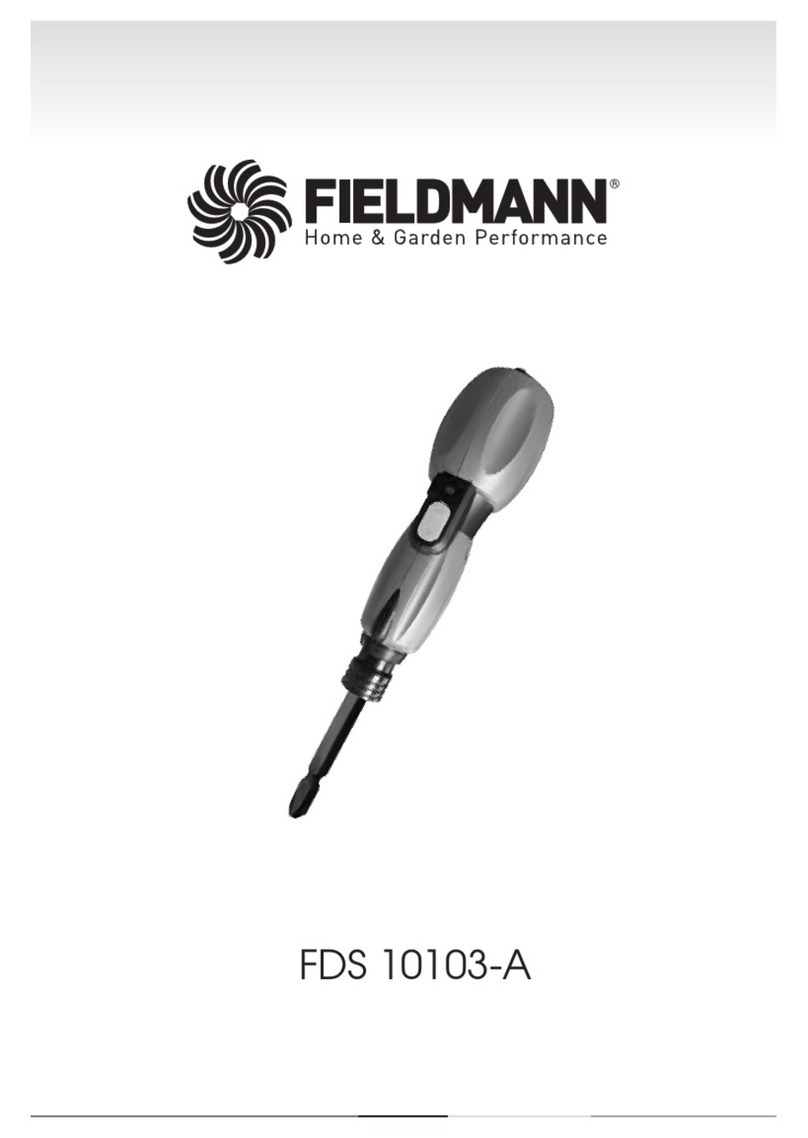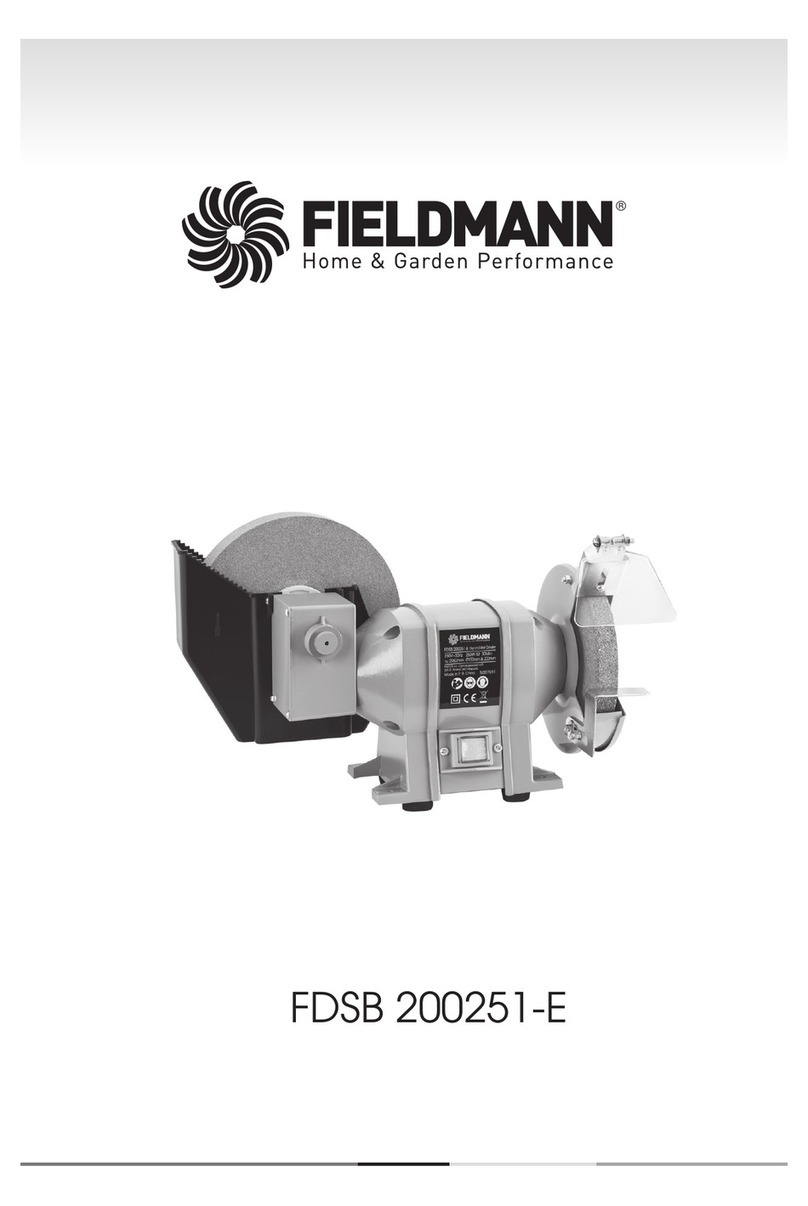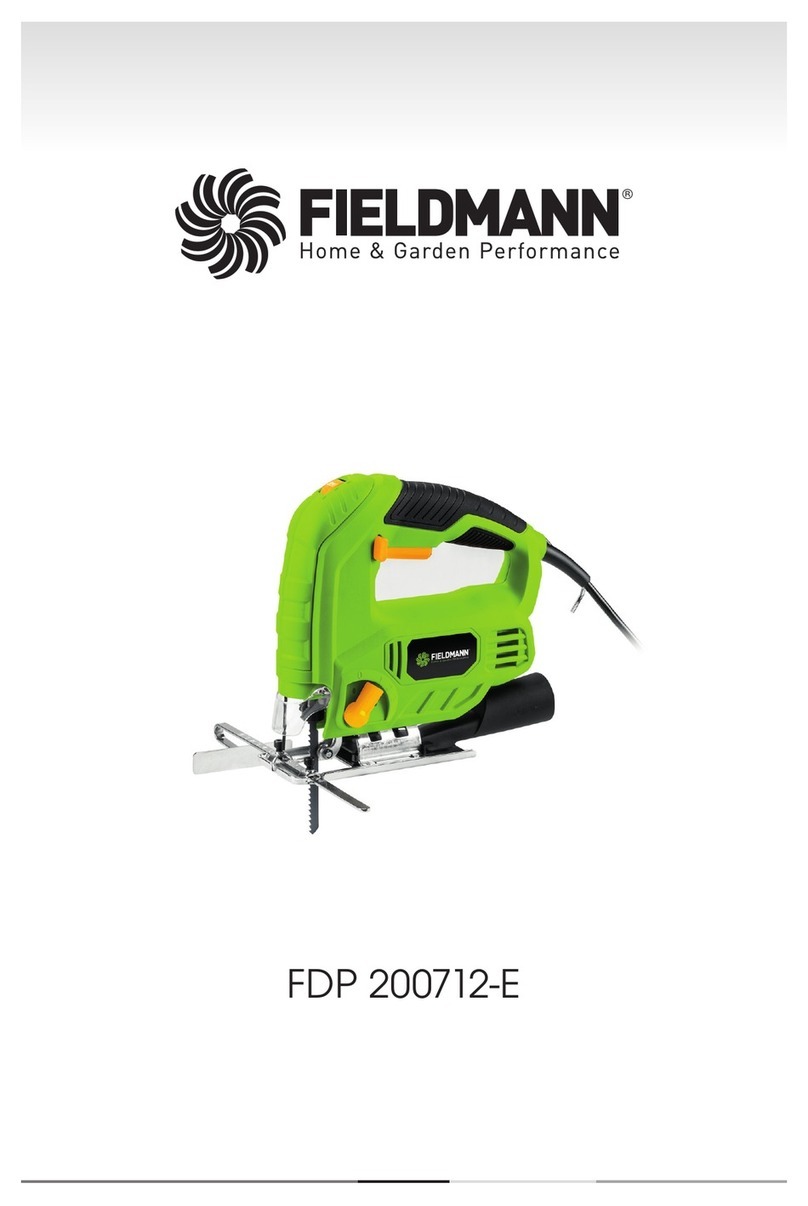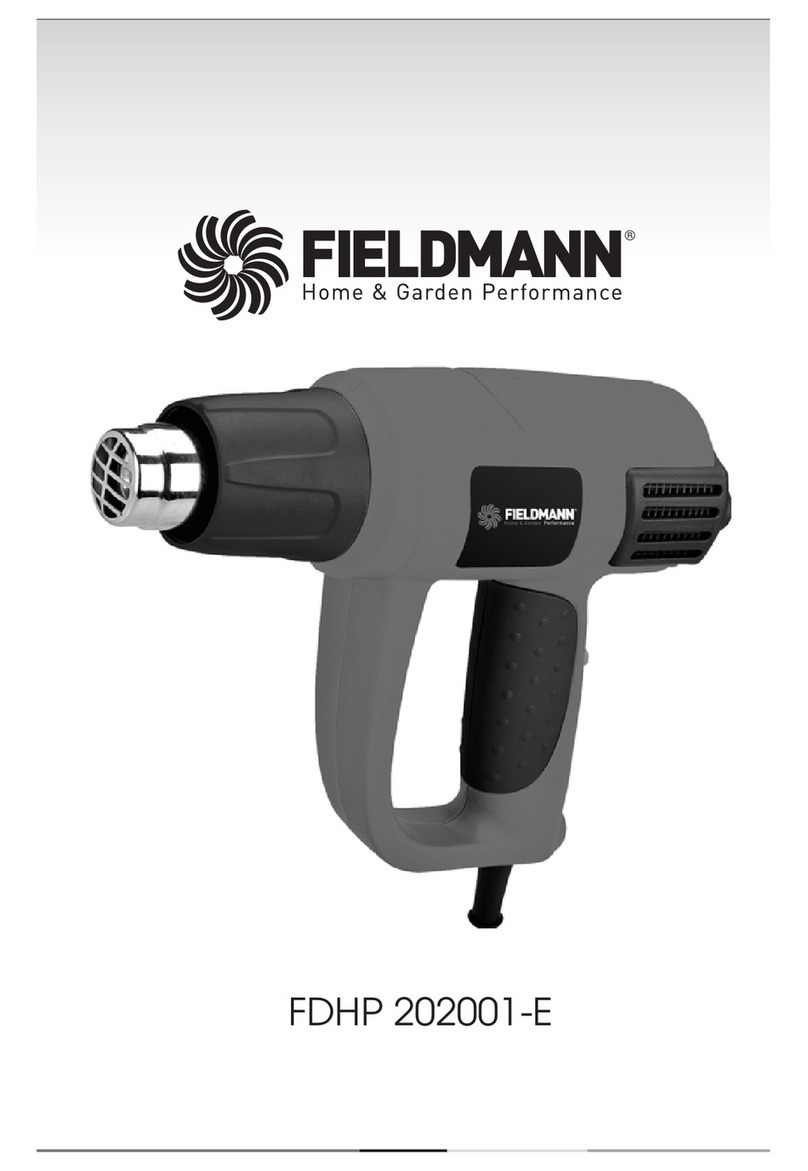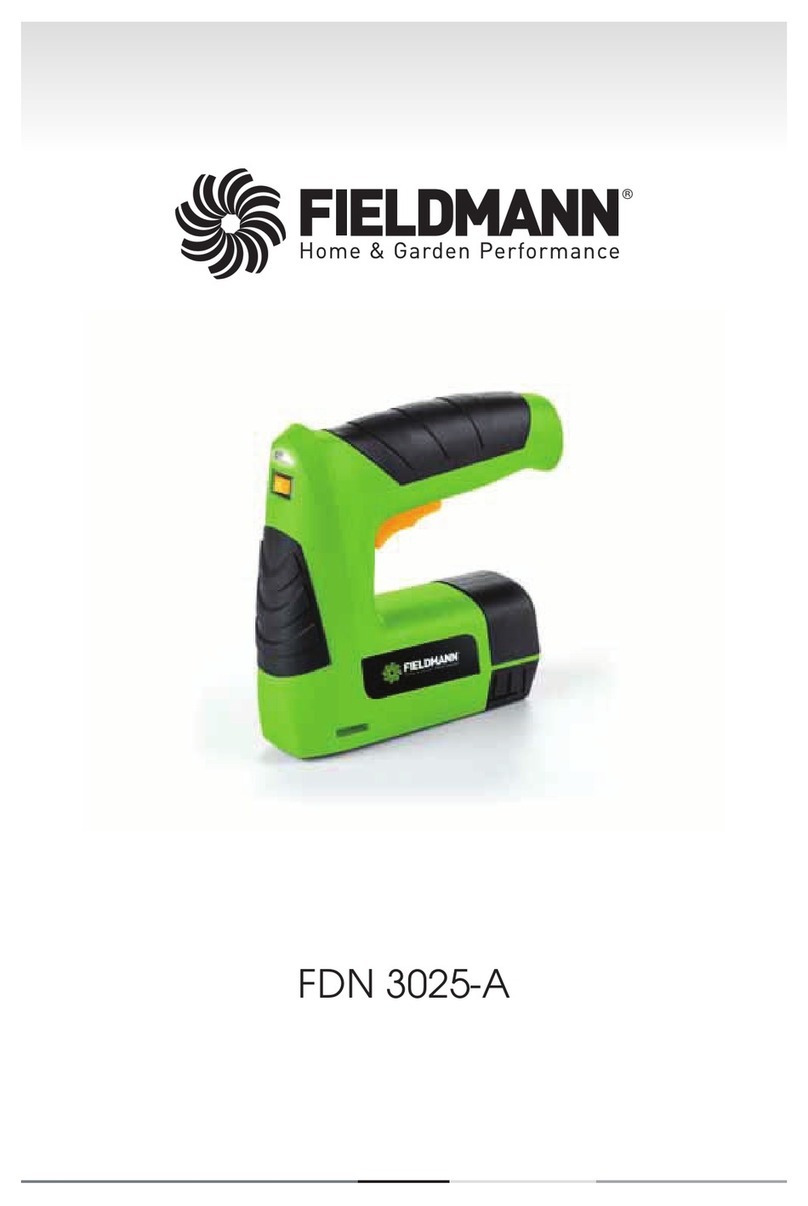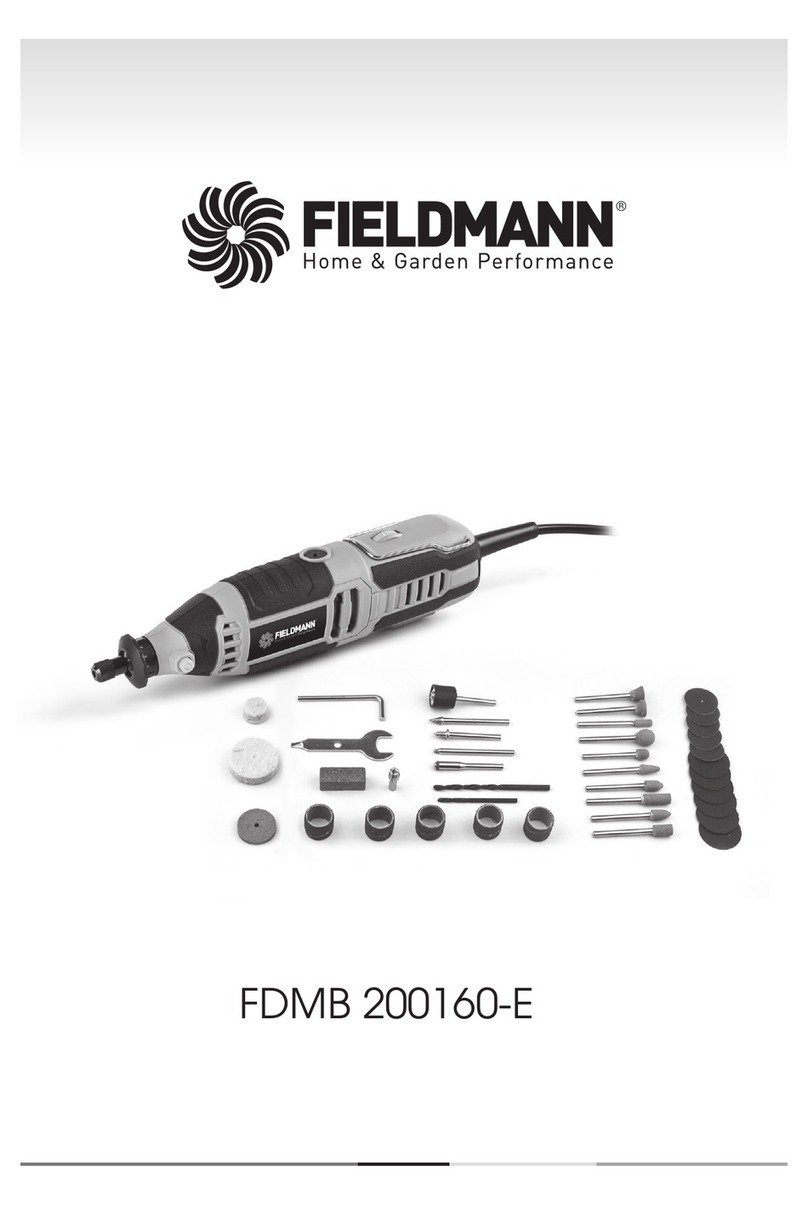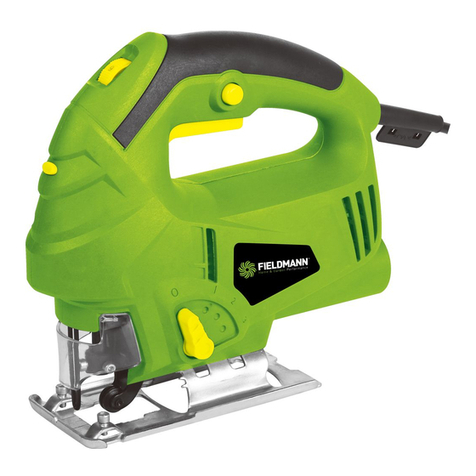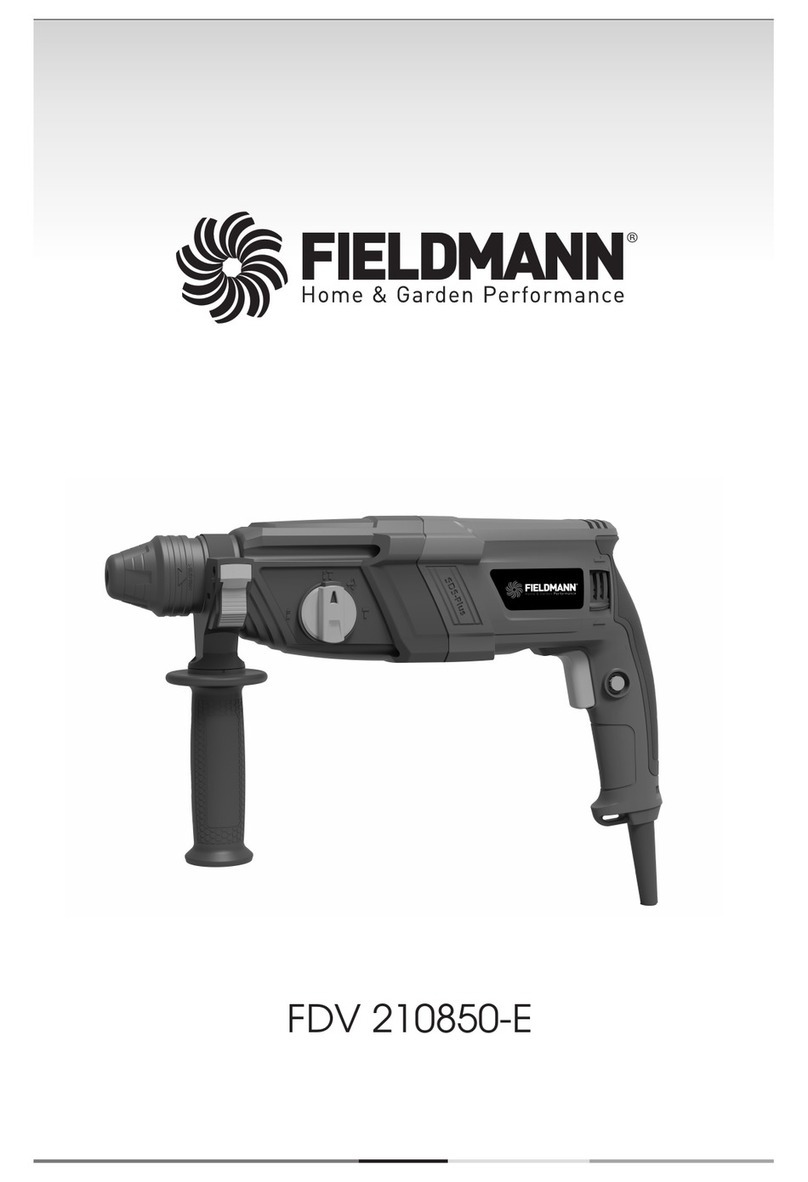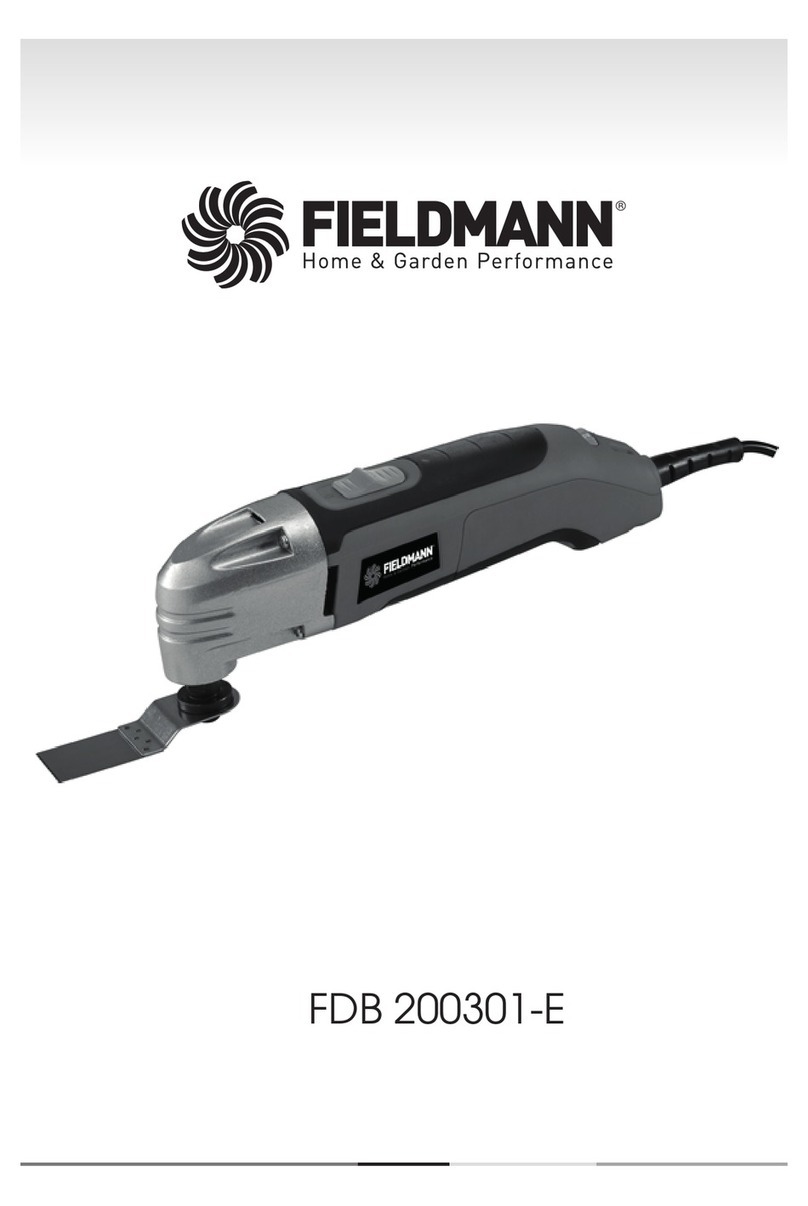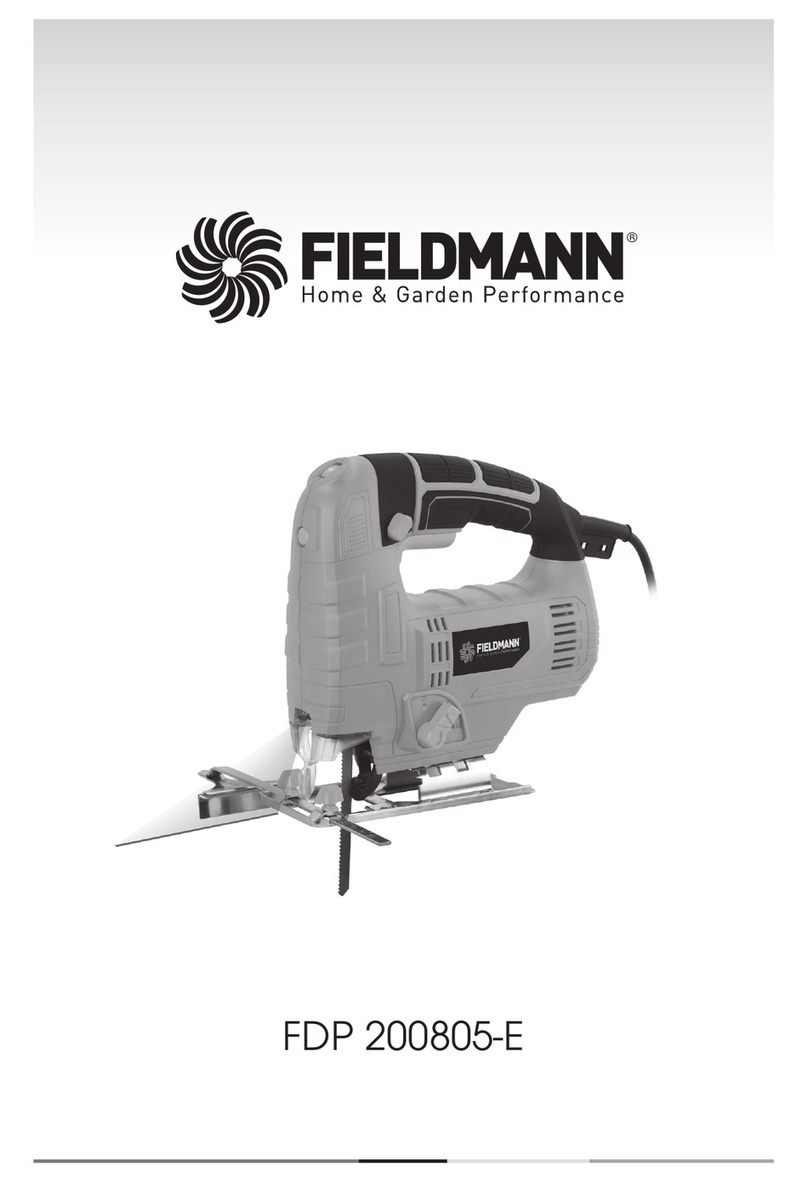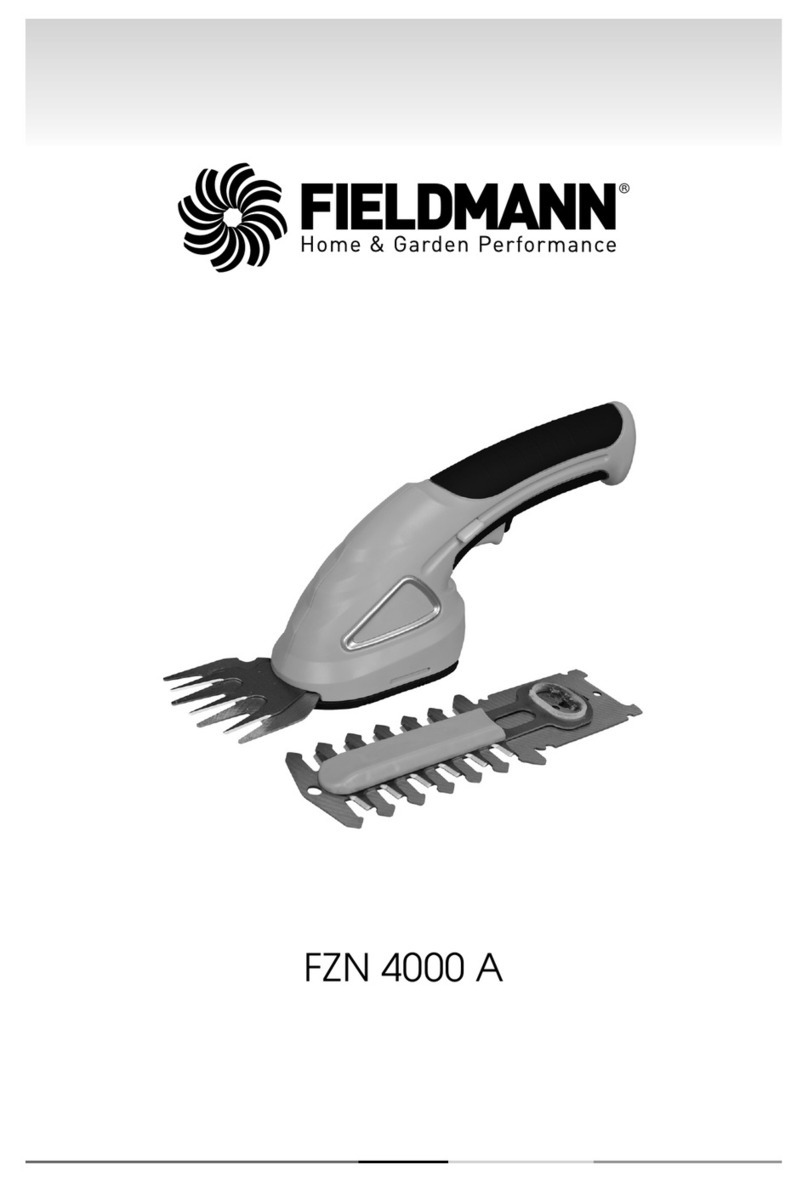
Machine description and items delivered | General safety instructions
3. MACHINE DESCRIPTION AND ITEMS
DELIVERED
Machine Description (See fig. 1)
ON/OFF switch
Pendulum action controller
Base plate
Speed controller
Laser beam
Safeguard
1 -
2 -
3 -
4 -
5 -
6 -
Guide
Switch locking button
Laser beam switch
Hoover connection
Power cable
Saw blade holder
7 -
8 -
9 -
10 -
11 -
12 -
Items Delivered
Remove all contents from the box and inspect to ensure no damage was incurred during
shipping, and that the items listed below are included.
Jig saw
Parallel edge guide
2 saw blade
Warranty card
Instruction Manual
Should the components be missing or damaged, contact the dealer of the machine.
4. GENERAL SAFETY INSTRUCTIONS
Please read these safety instructions carefully, remember them and keep
them in a safe place
WARNING! When using electric machinery and power tools, it is important to abide by
and adhere to the following safety instructions for reasons of protection against injury caused
by electric current, injury of persons and risk of starting fires. The term “power tools” used
in the instructions below refers to power tools that are plugged into a power supply (by a
power cord) as well as tools running on a battery pack (cordless). Keep all warnings and
instructions for further use.
Work environment
Keep the work area clean and well lit. Untidiness and dark places on the job site are usually
causes of accidents. Store tools that are not used.
9
OPERATING INSTRUCTIONSELECTRICAL JIG SAW
ENGeneral safety instructions
Do not use power tools in an environment where there is risk of starting a fire or explosion;
this refers to places where there are flammable liquids, gases or dust. Sparks form on the
power tool’s commutator, which can cause dust or fume ignition.
When using power tools, unauthorized persons, especially children, should be denied entry to
the job site! In case you are interrupted, you can lose control of the current activity. In any
case, do not leave the power tool without supervision. Prevent animals from approaching the
equipment.
Electrical safety
The power tool’s power plug must correspond to the power outlet. Never alter the plug in any
way. If the tool’s plug has a safety peg, never use an adapter of any kind. Undamaged plugs
and corresponding outlets prevent the risk of injury by electric current. If the power cord is
damaged, it must be replaced by a new power cord that can be obtained from an authorized
service centre or the importer.
Avoid bodily contact with grounded items, e.g. piping, radiators, kitchen ranges and
refrigerators. The risk of injury by electric current is greater if your body is connected to the
ground.
Do not expose power tools to rain, moisture or dampness. Never touch power tools with wet
hands. Never wash power tools with running water and never submerse them into water.
Do not use the power cord for any other purpose than originally intended. Never carry or pull
the power tools by the power cord. Do not pull the plug out of the outlet by pulling on the cord.
Avoid mechanical damage to the power cord by sharp or hot objects.
Power tools were manufactured exclusively for the AC power supply. Always check if the
electrical voltage corresponds to the data printed on the tool’s serial number label.
Never work with a tool that has a damaged power cord or plug, or that has fallen on the
ground and is damaged in any way.
In the case of using an extension cord, always check that its technical parameters
correspond to the data printed on the tool’s serial number label. If the power tool is used
outdoors, use an extension cord that is appropriate for exterior use. When using an extension
cable drum, the cord must be unwound to prevent the cord from overheating.
If the power tool is used in moist areas or outdoors, it is permitted to use it only if it is plugged
into an electric circuit with a residual current device ≤30 mA. Using a circuit with an RCD
lowers the risk of injury by electric current.
Grasp hand power tools at the designated isolated grip areas because, during operation,
one may come into contact with the cutting or drilling fittings with a hidden conductor or with
the power cord.

